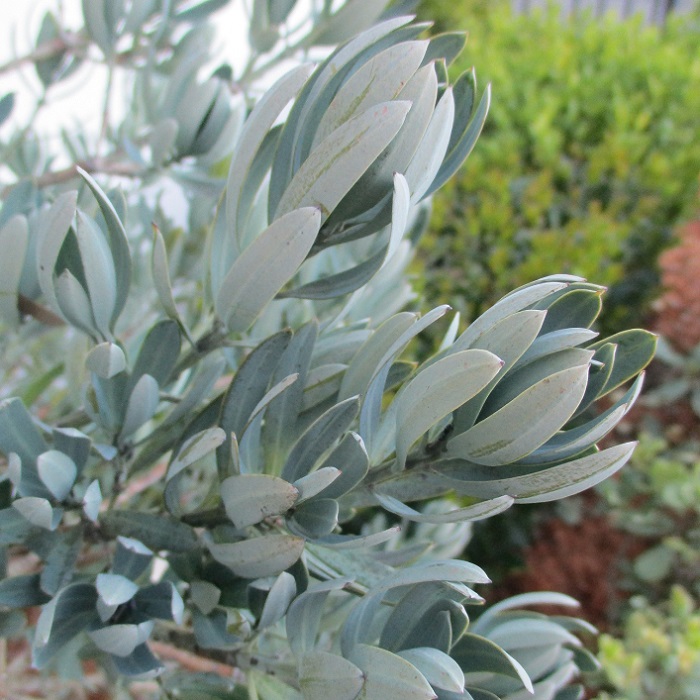UNITED STATES—There may not be exceptions to every rule, but there are a few exceptions to the rule that winter is the best time for pruning. It is generally true that most plants are the most dormant through the coolest part of winter. It is also true that while they are the most dormant, most plants are less sensitive to pruning, as well as other horticultural techniques that interfere with their normal function.
However, certain ‘special’ plants get pruned later, either because it is healthier for them, or just because they are allowed to do what they do best in spring before getting deprived of some of what they need to do it with. Some get pruned rather soon after coming out of winter dormancy. Some should probably wait for their new spring growth to mature a bit. It is not as confusing as it sounds.
Evergreen plants that drop much of their older foliage through winter should probably be pruned late in winter or early in spring, essentially at the last minute, just before new foliage develops. If shorn early and deprived of outer foliage that should survive through winter, photinia looks scraggly as it continues to lose much of what had been inner foliage until new foliage develops in spring.
Red twig dogwood and some types of willows that are coppiced or pollarded to maximize production of their colorful twigs should be allowed to show off their colorful bark for as long as possible. Like photinia, they too can be pruned at the last minute, just before vascular activity resumes. However, red twig Japanese maple really should be pruned in winter so it does not bleed afterward.
Flowering cherry, plum, peach, crabapple and quince are grown for prolific but sterile bloom which is diminished by winter pruning. If they need it, they can instead be pruned after bloom, but before too much foliage develops, or after such foliage matures in late spring or early summer. They do not need to be pruned nearly as aggressively as fruiting trees that would otherwise produce too much burdensome fruit. Some may only need to have dead stems pruned out.
Highlight: ‘Icee Blue’ yellowwood
No, it is not an oxymoron. ‘Yellowwood’ is the common name for a few specie of Podocarpus. The evergreen (or ‘everblue’) foliage of ‘Icee Blue’ yellowwood, Podocarpus elongatus ‘Monmal,’ really is as silvery grayish blue as the name implies. It can be as striking as some cultivars of Colorado blue spruce. It grows slowly in narrow columnar form to only about 15 or 20 feet tall.
The finely textured evergreen foliage is ideal for both formal hedges and informal screens, although it takes a while to fill in, particularly for larger hedges and screens. Tip pruning of lanky growth of informal screens improves density. The narrow leaves are about two inches long. Fresh new foliage may be lighter and very slightly greener, which can contrast nicely with more mature foliage.
‘Icee Blue’ yellowwood will tolerate a bit of partial shade, but exhibits the best color in full sun. It prefers to be watered somewhat regularly while getting established. As it matures, it becomes less reliant on watering. Like many other Podocarpus, it is susceptible to infestation by scale insects and the ants that cultivate them. Scale produce sticky honeydew which blackens with sooty mold.
Horticulturist Tony Tomeo can be contacted at tonytomeo.com.






